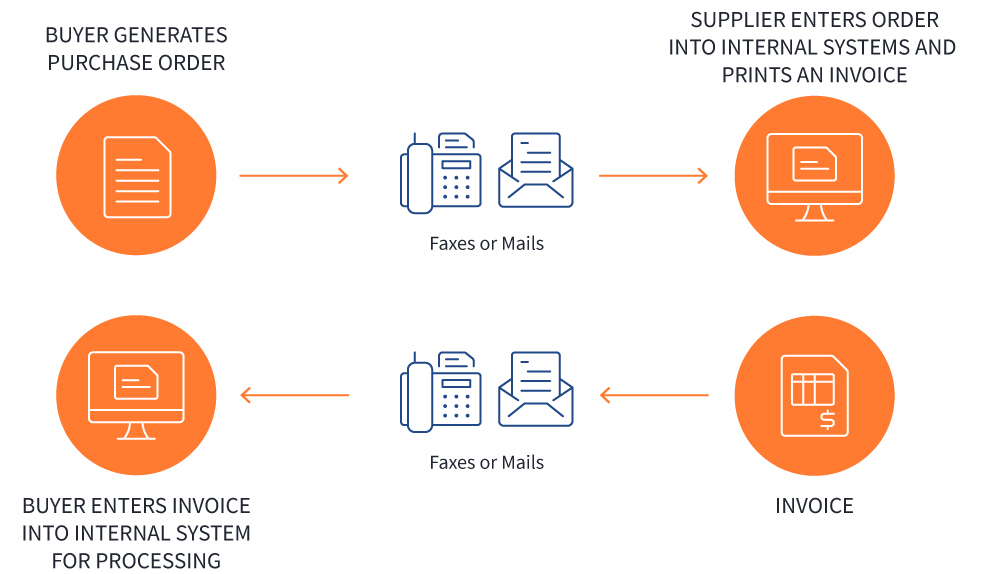It depends on how you secure your app. If you and your developer follow at least the top ten recommendations from OWASP, your app will have a good level of protection. Here's the link:data breach
https://owasp.org/www-project-top-ten/
The developer you've hired should already know a bunch of good practices that can help mitigate most of the risks there, but you're the one paying for it, so it's nice if you can supervise that. Take into account that a number of these recommendations are architecture-specific, some architectures have issues that others don't. Also, it's not that you have to check them one by one, there are design patterns that force you to do things a certain way to avoid most of these problems, there are also libraries that help protect your app with a few lines of code and there are components for React that help with a lot of these things. But most of the stuff will have to be secured in the back-end.
You have to keep an eye on the data entered through your front-end as your user types it. Once it's typed, you have to validate in your front-end whether the data is fit for the database.
If it looks good, great. Now ensure its transportation is through https, don't ever send data through http, there are techniques and programs that can intercept these packages, so if someone intercepts yours, it better be encrypted.
You should also educate your users not to use your app through insecure wifi connections (and if you can monitor that, good for you).
If transportation looks good, great, now receive it properly in the back-end, sanitize it, yes, you might have already sanitized the data in the front-end, but since that can be forged, you should also sanitize it as it's received, AND also ensure the users who sent it have the credentials to access the resources they're requesting.
If all is well, send the data, if anything fails, send a nasty 4xx error. No URL should ever match any ID in your database, if possible, send these encrypted with the request and don't show any ID in a URL, functions that manage sensitive information should be obfuscated, the React project map should also be obfuscated, failed attempts should ban users temporarily, etc.
As you can see, there are a lot of things you have no control when you use Access, but you have a lot of control in web applications. That also means it's easy to forget to include something, so I suggest you take a course on penetration testing, or you hire someone that can do it at some point.
Yes, it can be hard to do all of that, so the type of architecture you use for your web app should allow you to incorporate more security as it grows.



